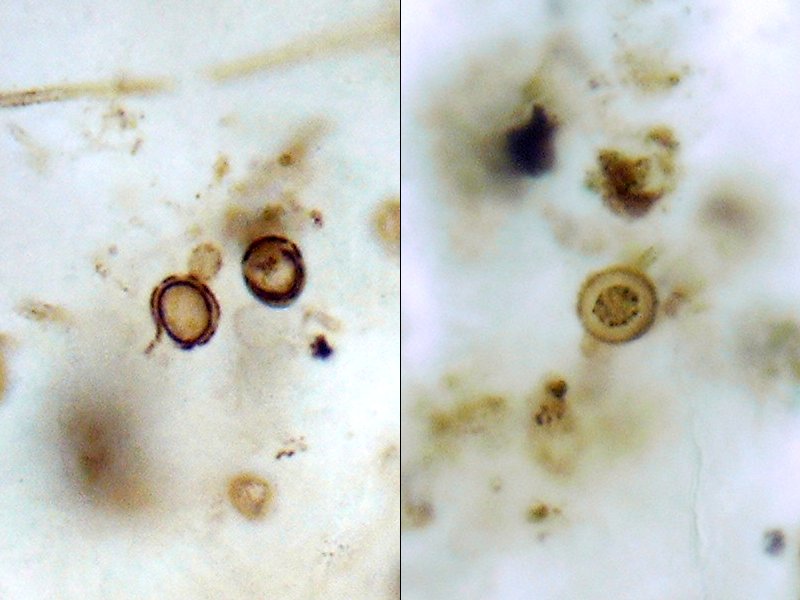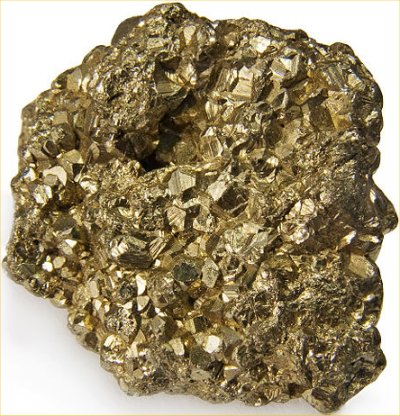 |
| Specimens of Gunflintia being consumed by the predatory bacteria (the brown rods and spheres) from the 1.9 billion year old Gunflint Chert near Lake Superior. |
A team of palaeontologists, led by Dr David Wacey from the University of Western Australia and Professor Martin Brasier from Oxford University found the bacterial community preserved within the super fine-grained chert minerals earlier this year.
The fossils only gave up their secrets, however, when the scientists magnified them at scales of 3 to 15 micrometres. They found that certain species of bacteria formed clusters around the Gunflintia and were engaged in heterotrophic activity. Autotrophs have the ability to manufacture organic material from inorganic constituents. Plants are a prominent example, using photosynthesis to turn carbon dioxide and water into glucose. Heterotrophs have to consume autotrophs in order to obtain organic molecules for their food.
All animals are heterotrophs, as are the predators of Gunflintia from the Gunflint Chert. Of course the clustering may have been random, or to allow the different species to feed off of the others' metabolic waste products, but certain features of the fossils dispel this theory. Some of the Gunflintia fossils were riddled with holes and displayed damage to their insides, surrounded by the heterotrophic bacteria, linking the damage to the predatory behaviour.
 |
| Fossils of Huroniospora from the Gunflint Chert |
'Whilst there is chemical evidence suggesting that this mode of feeding dates back 3,500 million years, in this study for the first time we identify how it was happening and 'who was eating who,' said Dr Brasier. The study also gave scientists an indication of what the early Earth smelled like. While the idea of vents choking the Earth to produce the smell of rotten eggs is a classic image, these fossils provide direct evidence as to the gases released, mainly hydrogen sulphide.
 |
| Iron sulphide, a byproduct of brimstone. |
'Recent geochemical analyses have shown that the sulfur-based activities of bacteria can likely be traced back to 3,500 million years or so, a finding reported by our group in Nature Geoscience in 2011. Whilst the Gunflint fossils are only about half as old, they confirm that such bacteria were indeed flourishing by 1,900 million years ago. And that they were also highly particular about what they chose to eat,' said Dr Wacey.
The Precambrian is a mysterious time in Earth history. Evidence is sparse and more often than not warped by heat and tectonic forces. Yet occasionally we get a clear glimpse into the world of 600 million years ago. There is still much to learn about the Precambrian, but with each new study, each new fossil, each new serendipitous find, we gain a better understanding of our planet's origins.